Well, what about YOU? Yes, you. Are you creating your own art, or are you too tired, too busy, too disorganized, too________? (fill in the blank and add more blanks if you need them!)
Yeah, that was me.
I was too busy (with work, kids, etc), too tired (because of, ya know EVERYTHING), too disorganized (where are my paints/collage materials/colored pencils/etc) and too much of me wanting and needing to make everyone else happy.
Well, I'm here to say that I survived raising two terrific sons and taught for more years than I thought I ever would. And I need to keep on art teacher-ing for at least a few more years.
AND that means... I am finally, FINALLY, FINALLY organizing my own studio space!!!
And by that, I mean, the box never ever even existed.
One of my favorite art objects, named Object, was created by Surrealist Meret Oppenheim. The cup and spoon are supposed to be used in an everyday way, but the fur makes this object, well, just an object to be viewed, not used. Yuck. And while you are looking, you are probably asking yourself, "Why? Why, why, why?"
I say, why not?
Again, there is no box. Why do I love these types of works?
They are imaginative. They are totally strange, weird and make us think, wait... that is art?
When I saw this piece by Kurt Schwitters at the Yale Art Gallery, I was drawn in immediately. Schwitters "...coined the term Merz in 1919 to describe his assemblages of urban debris and everyday materials."
Amazing. Here I was, 90 years later, using junk I found on the ground in my art works. Schwitters was doing that all those years ago. I wonder how his Merz works were received?
This art does not fit in a box, either. Who decides what is art, anyway?
Let's discuss, below!
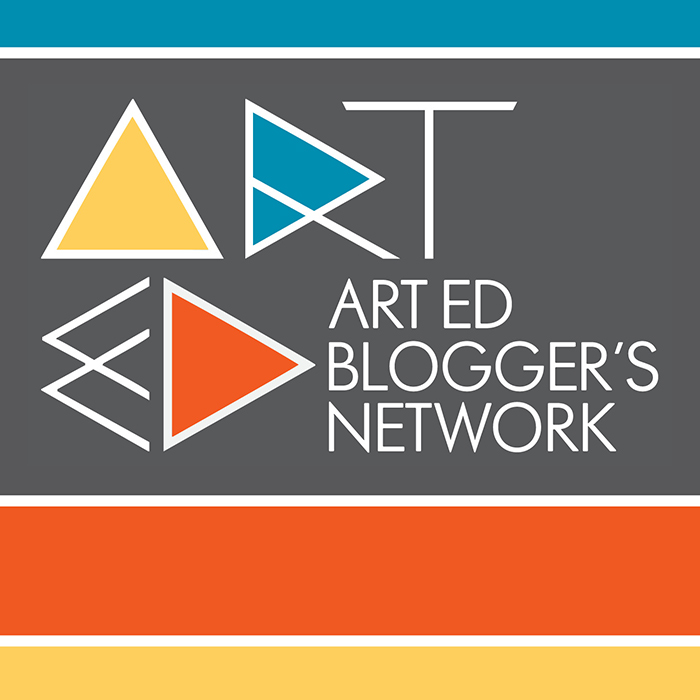
Participating Art Teacher Blogs:
- Art Class Curator - Artists That Inspire
- Art Ed Guru
- Art is Basic
- Art Room Blog
- Art with Mr. E
- Artful Artsy Amy
- Capitol of Creativity
- Create Art with ME
- MiniMatisse
- Mr. Calvert's Art Room Happenings
- Mrs. Boudreaux's Amazing Art Room
- Mrs. T's Art Room
- Party in the Art Room
- shine brite zamorano
- Tales from the Traveling Art Teacher
- There's a Dragon in my Art Room
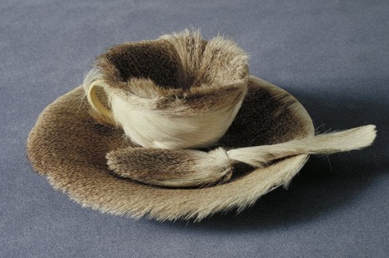
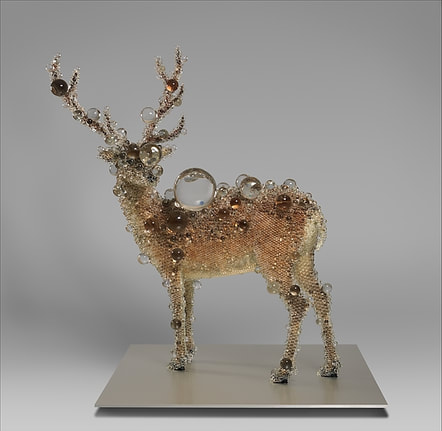
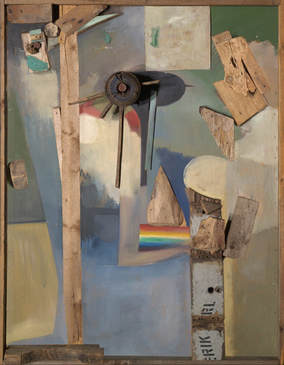
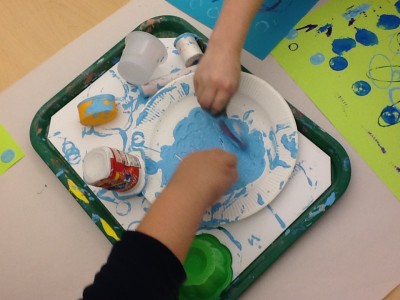
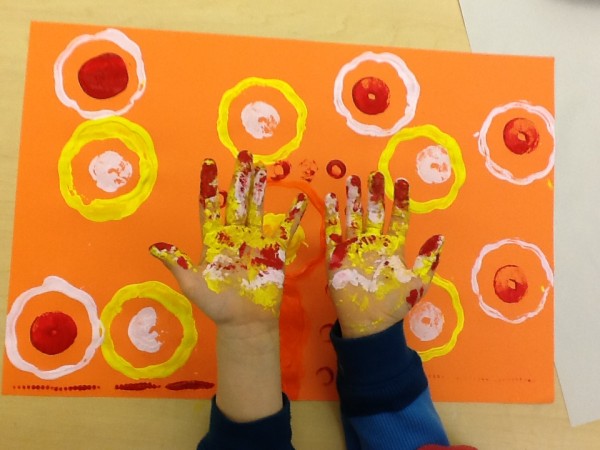
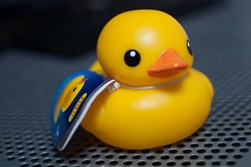
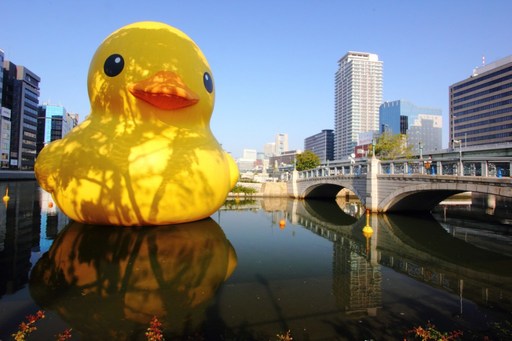
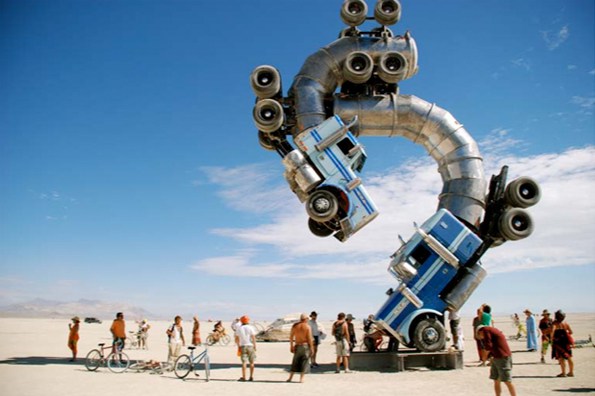


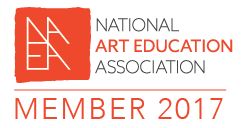

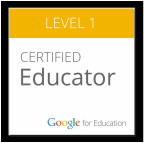
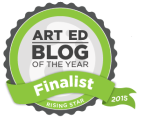
 RSS Feed
RSS Feed
